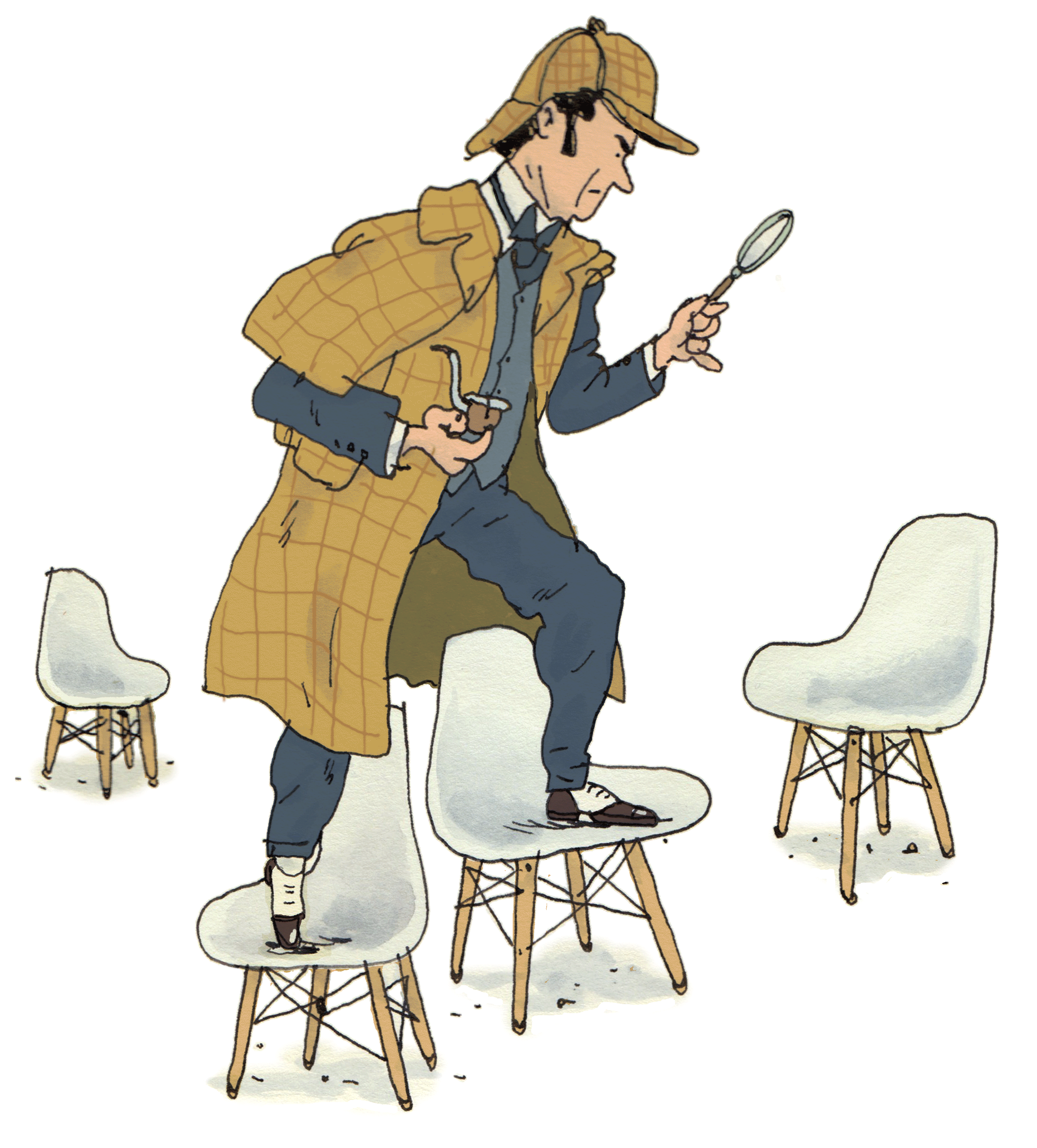In today’s sharing economy, how do we differentiate among an original idea, a referenced idea, and a complete rip-off? I call the last of these the “counterfeit effect.” Originality has soul. It has intention. It’s something you can’t quantify—you just know it when you see it. It’s also very difficult to pull off. Truly original designers have a magic touch. It is indeed incredibly easy to fail at trying to be original. If your intention is to try and come off as such, it’s highly likely that whatever you’re trying to do will not ring true. Originality can’t be forced. Almost everything is some rendition of a prior concept—this is tough to argue against—but there are ways to riff on what’s come before in a way that’s entirely new, and yes, original. What really riles me is counterfeits.
Consider the latest “interior design” project encompassing numerous common areas at the Starrett-Lehigh Building in Manhattan (Surface Media has our headquarters on the 15th floor). The “designer” who created this “concept” chose a blatant rip-off strategy, and an incredibly bad one at that. While the project incorporates FLOR carpet squares and Flavor Paper wallpaper, it is composed mostly of gimmicks (a PacMan arcade game, faux London-style phone booths) and knockoffs—the most egregious offenders are the fake Eames rockers and high chairs (surely, the sight of them would cause many a Herman Miller executive to grimace, not to mention the fine folks at Be Original Americas, a nonprofit whose mission is to solve counterfeit problems in the design industry). This “project,” if one can even call it that, is an abomination, cheesy and half-baked in its execution and offensive in its use of poor-quality, blatantly fake products.
There are easy ways to explain how something like this can happen. But in this case there are no excuses. Starrett-Lehigh is one of the largest buildings in Manhattan: covering 1.8 million rentable square feet, it takes up an entire city block and claims more than 5,000 employees who work at companies like Under Armour, Club Monaco, and Martha Stewart Living Omnimedia. The building is also owned by RXR, one of the largest real-estate developers in New York City. So how could all of this get approved? It’s one big potential public-relations nightmare. It’s not as if just a couple fake chairs got placed in a random corner—hundreds of them, spread across multiple floors, are in plain view. From the counterfeit Knoll Barcelona chairs in the main lobby to the fake Eames chairs spread throughout the upper floors, the entire thing is a travesty.
What’s worse is that RXR is not the only villain. Counterfeit designs surround us everywhere. The silver lining, as I see it, is that the world is becoming more knowledgeable about what’s authentic and original, mostly through Instagram and other social media. I remain hopeful for a sea change.
